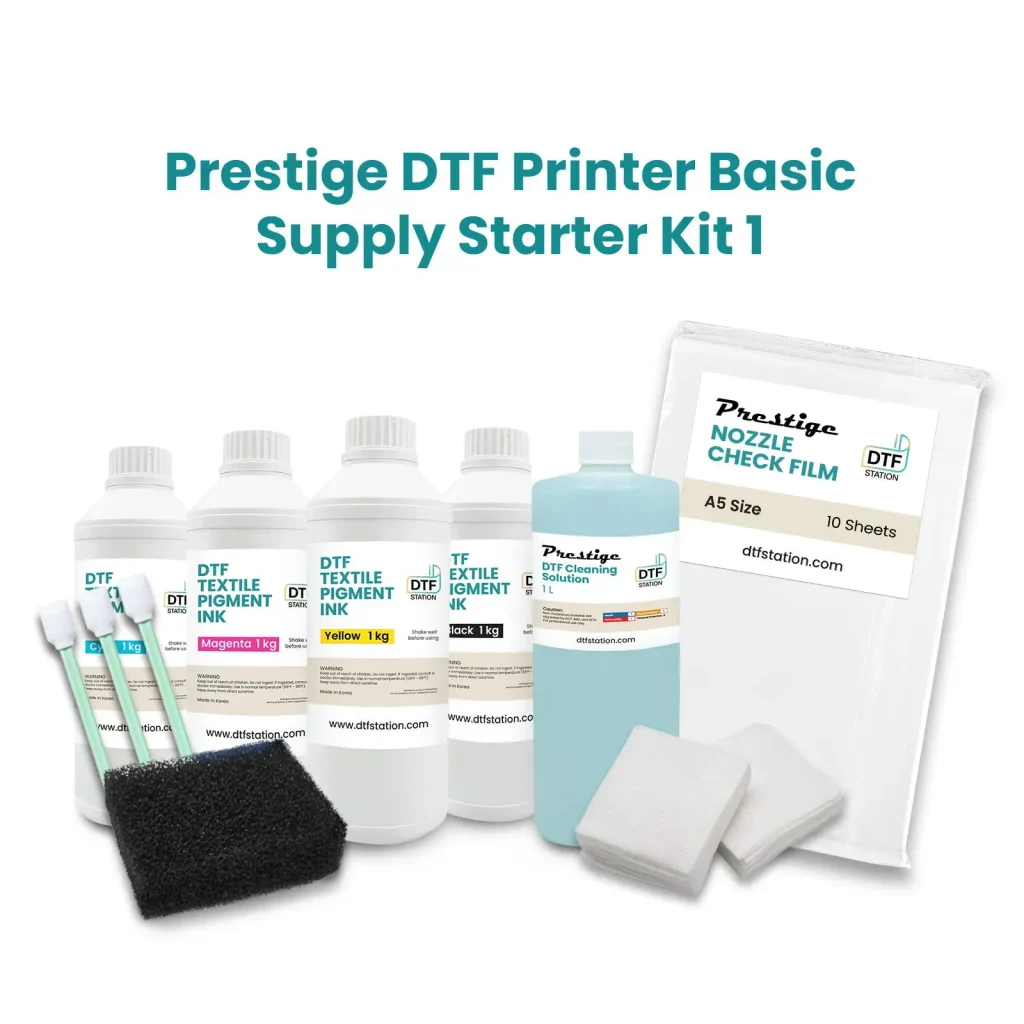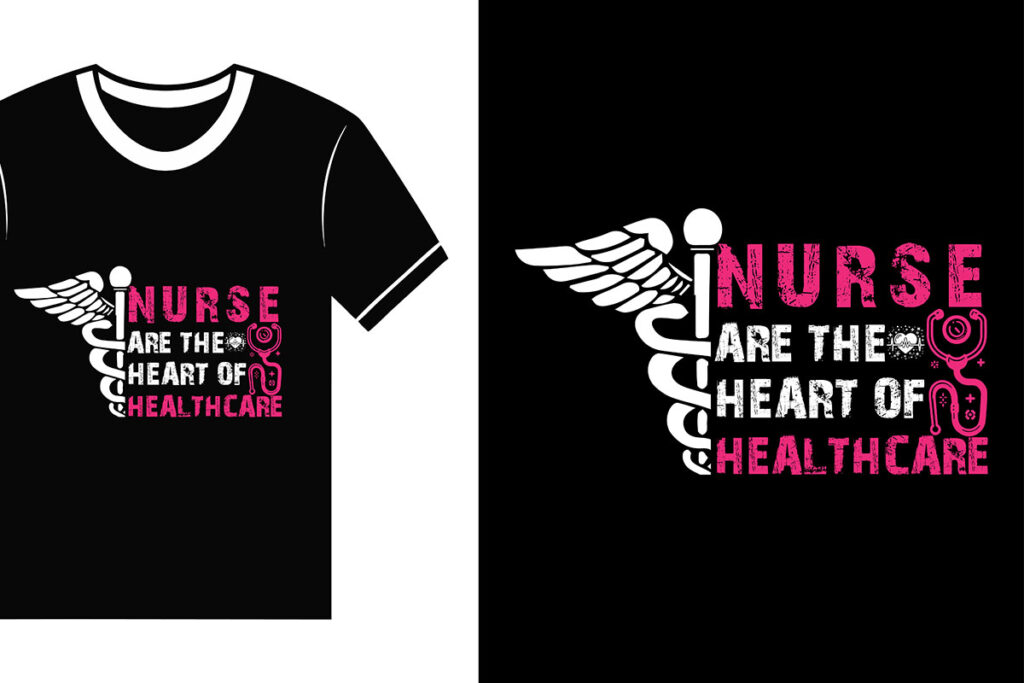DTF supplies are essential for anyone looking to delve into the innovative world of Direct to Film printing. As this printing technique becomes increasingly popular for custom apparel, understanding the necessary components can set you up for success. From DTF printers and transfer films to the all-important heat press machine and adhesive powder, each element plays a vital role in achieving stunning, long-lasting prints. This guide aims to walk you through the various DTF supplies you’ll need, helping to streamline your setup and enhance your output quality. With the right tools at your disposal, you’ll be ready to turn your creative visions into reality!
As you begin to explore Direct to Film printing, familiarity with its required materials is crucial in ensuring your projects run smoothly. This process—often referred to as DTF printing—utilizes a specialized printer to create intricate designs on transfer films, which are then applied to fabrics using heat and pressure. Essential items such as heat press machines, transfer films, and adhesives contribute significantly to the quality of the final product. Additionally, knowing how to select the right inks and maintain your equipment can greatly enhance your printing efficiency. By understanding these terms and their relevance to the process, you’ll be better equipped to embark on your DTF printing journey.
Understanding the Basics of DTF Printing
DTF printing, or Direct to Film printing, is a revolutionary technique that simplifies the process of transferring designs onto fabric. By printing vibrant graphics onto specialized transfer films, this method allows for the easy application of complex and colorful designs directly onto various textiles. DTF is particularly appealing to small business owners and hobbyists alike, as it offers flexibility in terms of fabric choice and design intricacy. Moreover, with the right equipment, such as a DTF printer, you can produce high-quality prints that rival traditional printing methods.
As you delve into the world of DTF printing, it’s crucial to understand the various components necessary for success. High-quality DTF transfer films are essential, as they capture the ink effectively, allowing for vivid colors when applied to garments. The adhesive powder, applied to the printed film, plays a vital role in ensuring the design adheres well to the fabric during pressing. This foundational knowledge is vital for anyone eager to create stunning custom apparel or explore new creative projects.
Essential Supplies for DTF Printing
To embark on your DTF printing venture, understanding the essential supplies is key. At the core of your setup is a DTF printer, designed specifically for this innovative technology. Brands such as Epson provide printers that accommodate high-resolution prints on transfer films. Additionally, sourcing high-quality DTF transfer films and compatible inks will streamline your process, ensuring that the colors remain vibrant and adhere well to your chosen fabric.
Another critical component is the adhesive powder, which you will need to apply while the ink on the film is still wet. This powder ensures that your design remains intact on the fabric during the heat transfer phase. A reliable heat press machine becomes indispensable at this juncture, as it applies the necessary pressure and temperature to finalize the print. Investing in these essential supplies not only enhances your printing quality but also sets a solid foundation for your business.
Choosing the Right DTF Printer
The choice of DTF printer can significantly influence your printing quality, efficiency, and overall success in your new business. DTF printers are specifically engineered for this type of printing, utilizing unique technologies that accommodate specialized inks and films. When selecting a printer, consider factors such as print resolution, speed, and compatibility with various DTF supplies like films and powders.
Some popular options available on the market include models from well-known brands like Epson and Ricoh. Additionally, it’s essential to ensure that your printer can handle the volume of production you anticipate. Whether you are looking at entering the custom apparel market or creating designs for personal use, choosing the right DTF printer will ultimately define the quality of your print outputs.
Best Practices for Using DTF Transfer Films
Using DTF transfer films effectively is crucial for achieving vibrant and lasting prints. Begin by ensuring that your DTF printer is properly calibrated and that the inks are fresh and compatible with your selected transfer films. It’s also essential to manage the environment in which you print—maintaining cleanliness and appropriate humidity levels can prevent unwanted errors during production.
Once you have printed your designs onto the DTF transfer film, apply the adhesive powder promptly while the ink is still wet. This step is vital, as it promotes a strong bond between your design and the fabric during the heat transfer process. Finally, adhering to the recommended pressure and temperature settings of your heat press machine will yield the best results, allowing you to produce high-quality prints consistently.
Utilizing a Heat Press Machine for DTF Printing
A heat press machine is an indispensable tool for transferring your designs from DTF transfer films onto fabric. The heat application must be consistent and at the right temperature to facilitate a successful transfer. As a beginner, it is essential to conduct tests with various fabric types to determine the ideal settings for your machine, ensuring that the prints adhere well without damaging the garment.
Advanced heat press machines come equipped with digital controllers for setting precise temperatures and timing, aiding in consistent results. Additionally, look for models that allow easy adjustment of pressure settings for various fabrics. Understanding how to operate your heat press effectively will enhance the durability of your transfers and increase customer satisfaction with the final product.
Incorporating Design Software into Your DTF Workflow
Having the right design software is crucial for creating striking graphics for DTF printing. Programs such as Adobe Illustrator and CorelDRAW allow for high-resolution design capabilities, enabling you to produce professional-quality images that capture details and colors beautifully. Learning how to navigate these software tools effectively can save you time and enhance your design process, making it easier to develop custom apparel or promotional items.
Once you create your designs, it’s vital to format them correctly for DTF printing. This preparation includes setting the right color profiles and ensuring your designs are sized appropriately for the DTF transfer films you’re using. Proper use of design software can streamline your workflow, maximizing your productivity as you create customized prints that stand out in the competitive market.
Frequently Asked Questions
What equipment do I need for DTF printing?
To start with DTF printing, you will need a DTF printer, DTF transfer films, DTF-specific inks, adhesive powder, and a heat press machine. Each of these DTF supplies plays a crucial role in creating high-quality prints.
How do DTF transfer films work?
DTF transfer films are specially coated sheets that receive the ink from the DTF printer. Once printed, these films work by transferring the vibrant designs to your fabric using heat and pressure from a heat press machine.
What types of inks are suitable for DTF printing?
For DTF printing, it’s essential to use DTF-specific inks, typically water-based and formulated for optimal adhesion with both DTF transfer films and fabrics. These specialized inks ensure vibrant colors and long-lasting prints.
Why is adhesive powder necessary in the DTF process?
Adhesive powder is a crucial component in the DTF printing process. It’s applied to the wet ink on the DTF transfer film, providing a bonding agent that ensures the design adheres well to the fabric during the heat press application.
What should I look for in a heat press machine for DTF printing?
When choosing a heat press machine for DTF printing, look for one that maintains consistent temperature and pressure. It’s important to ensure the heat press is compatible with various fabric types to achieve the best transfer results without damaging the material.
Can I use any fabric with DTF printing?
DTF printing works well on a variety of fabrics, including cotton, polyester, and blends. However, smoother fabrics typically yield better results compared to textured materials, so it’s advisable to test different fabrics to find what works best for your designs.
| Key DTF Supplies | Description | |
|---|---|---|
| 1. DTF Printer | Specialized printer for printing images onto transfer films, brands like Epson are recommended. | |
| 2. Transfer Films | Coated sheets designed to capture ink for high-quality transfers; ensure you use DTF-specific films. | |
| 3. Inks | Water-based inks formulated for DTF printing; brands like Pigment Ink are suggested. Compatibility with printer is essential. | |
| 4. Adhesive Powder | Bonding agent applied to wet prints to ensure adherence to fabric during transfer. | |
| 5. Heat Press | Essential for transferring designs, requires consistent temperature and pressure for effective transfers. | |
| 6. Garment Materials | Works well on fabrics such as cotton and polyester; smooth fabrics yield better results. | |
| 7. Design Software | Programs like Adobe Illustrator or CorelDRAW for creating high-resolution designs. | |
| 8. Maintenance Supplies | Cleaning solutions and replacement parts to keep equipment in optimal condition. | |
Summary
DTF supplies are fundamental for anyone looking to dive into the world of Direct to Film printing. This guide outlines the essential tools and materials needed to kickstart your DTF printing journey. From acquiring a specialized DTF printer to selecting the right transfer films, inks, and heat press, each element is crucial for achieving vibrant and high-quality prints on fabric. Additionally, investing in the appropriate maintenance supplies ensures your equipment remains in peak condition, promoting longevity and efficiency. By understanding these essentials and continually honing your skills in DTF printing, you can create stunning custom apparel, meet market demands, and build a successful venture in this exciting field.



